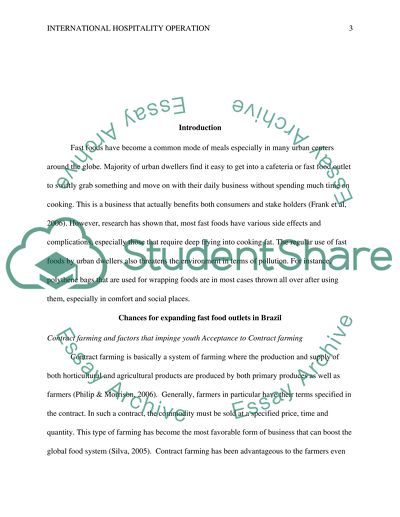Cite this document
(“International hospitality operation Coursework Example | Topics and Well Written Essays - 2500 words”, n.d.)
International hospitality operation Coursework Example | Topics and Well Written Essays - 2500 words. Retrieved from https://studentshare.org/tourism/1403143-international-hospitality-operation
International hospitality operation Coursework Example | Topics and Well Written Essays - 2500 words. Retrieved from https://studentshare.org/tourism/1403143-international-hospitality-operation
(International Hospitality Operation Coursework Example | Topics and Well Written Essays - 2500 Words)
International Hospitality Operation Coursework Example | Topics and Well Written Essays - 2500 Words. https://studentshare.org/tourism/1403143-international-hospitality-operation.
International Hospitality Operation Coursework Example | Topics and Well Written Essays - 2500 Words. https://studentshare.org/tourism/1403143-international-hospitality-operation.
“International Hospitality Operation Coursework Example | Topics and Well Written Essays - 2500 Words”, n.d. https://studentshare.org/tourism/1403143-international-hospitality-operation.


